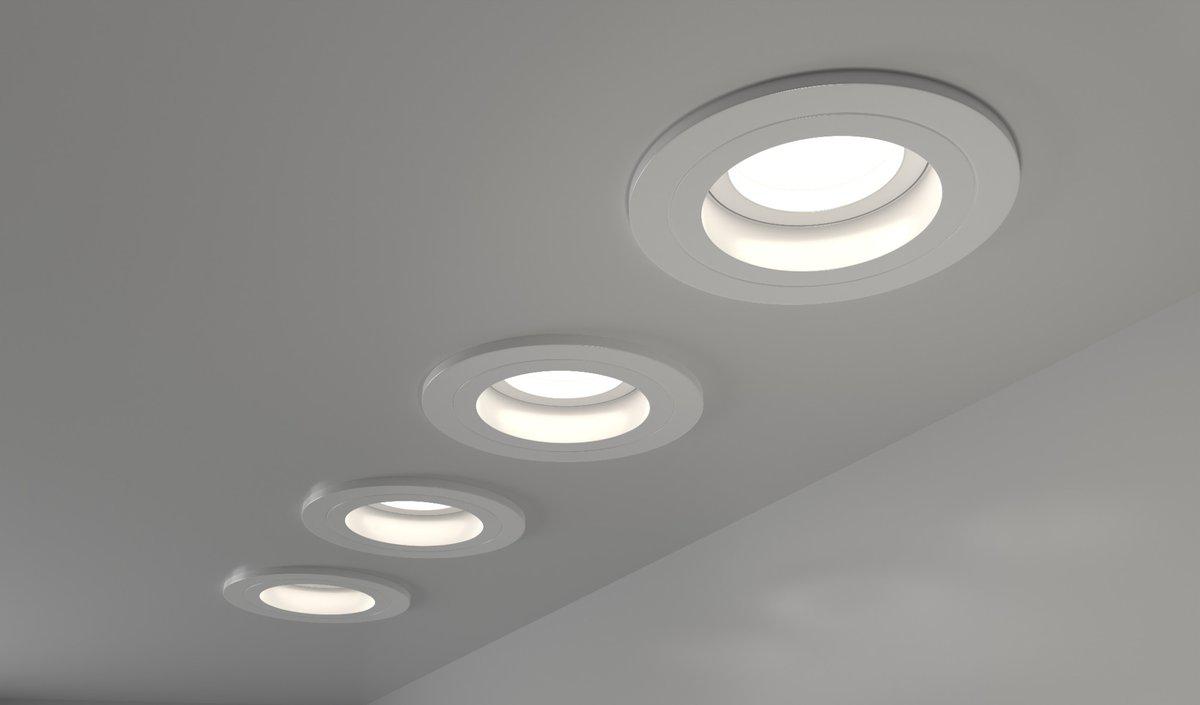Lighting plays a powerful role in the comfort, efficiency, and overall feel of your home. From setting the right mood in your living spaces to providing bright, functional illumination for work areas, the type of lighting you choose makes a significant difference. If you’re still using traditional incandescent or fluorescent bulbs, it may be time to make the switch to LED lighting. Upgrading your entire home to LEDs is one of the simplest ways to reduce energy costs, enhance your home’s atmosphere, and even increase its long-term value. LED technology has advanced dramatically over the past decade. Today’s LED bulbs offer superior brightness, color control, and longevity, making them an ideal solution for nearly every room and fixture in your home. Below are ten key benefits of upgrading to LED lighting and how this small change can make a big impact on your comfort, wallet, and environment.
1. Significant Energy Savings
One of the most compelling reasons to switch to LED lighting is the substantial energy savings it provides. LEDs are highly energy-efficient, converting most of their energy into light rather than heat. This efficiency means they use up to 75% less energy than incandescent bulbs and roughly 50% less than compact fluorescent lamps (CFLs). While LEDs typically cost more upfront, they quickly pay for themselves through lower monthly electric bills. For example, replacing just ten 60-watt incandescent bulbs with 10-watt LED equivalents can save hundreds of dollars in energy costs each year. Over time, this adds up to major savings, especially when every light in your home is upgraded.
2. Longer Lifespan and Less Maintenance
LED bulbs last significantly longer than traditional lighting options. Whereas incandescent bulbs may last around 1,000 hours and CFLs about 8,000, LEDs can operate between 25,000 and 50,000 hours. That’s years, sometimes even decades, of reliable performance before needing replacement. This extended lifespan means fewer trips to the store, less time spent on ladders changing bulbs, and reduced waste overall. LEDs are especially beneficial for hard-to-reach fixtures such as vaulted ceilings, stairwells, or outdoor floodlights, where frequent replacement can be inconvenient or unsafe.
3. Better Lighting Quality
LED lighting provides a cleaner, more consistent light output that improves visibility and comfort throughout your home. Unlike older bulbs that can flicker or change color as they age, LEDs maintain stable brightness and color temperature over time. They are available in a wide range of color temperatures, from warm, cozy tones perfect for living rooms and bedrooms to bright, daylight-style illumination ideal for kitchens, offices, and bathrooms. Many LED bulbs are also fully dimmable, allowing you to fine-tune brightness and create the perfect atmosphere for any occasion. Whether you want soft, ambient light for relaxation or bright, crisp light for reading or cooking, LEDs offer unmatched versatility.
4. Improved Home Safety
Safety is another often-overlooked benefit of LED lighting. Unlike incandescent bulbs, which can become dangerously hot, LEDs stay cool to the touch, reducing the risk of burns or fire hazards. This makes them a safer choice for homes with children or pets and for enclosed fixtures that might otherwise overheat. Additionally, LEDs are made from durable components rather than fragile filaments or glass tubes. This construction makes them more resistant to shock, vibration, and external impacts, ideal for outdoor lighting, garages, and busy family areas.
5. Environmentally Friendly
LEDs are one of the most environmentally conscious lighting options available. They contain no mercury or hazardous materials, unlike CFLs, and their long lifespan means fewer bulbs end up in landfills. Because they consume far less electricity, LEDs also help reduce greenhouse gas emissions from power plants. In essence, every LED bulb you install is a small but meaningful step toward a greener future. If every household in the U.S. replaced just one light bulb with an LED, it would save billions of kilowatt-hours of energy and prevent millions of tons of carbon emissions annually.
6. Smart Home Compatibility
Modern LED lighting seamlessly integrates with today’s smart home systems, offering incredible convenience and control. Smart LED bulbs can be connected to Wi-Fi or Bluetooth networks, allowing you to adjust brightness, color, and on/off schedules right from your smartphone or voice assistant. Imagine dimming your lights for movie night, turning off forgotten lights remotely, or setting your porch light to turn on automatically at sunset, all with a simple command. Smart LED technology doesn’t just enhance convenience; it also helps further reduce wasted energy by ensuring your lights are only on when you need them.
7. Reliable in All Conditions
Unlike some traditional bulbs that struggle in extreme temperatures or require warm-up time, LEDs perform consistently in all conditions. They illuminate instantly, no flicker, no delay, even in cold weather. This makes them perfect for outdoor use in climates that experience harsh winters or high humidity. Outdoor-rated LED bulbs and fixtures are also designed to withstand rain, dust, and heat, making them ideal for porches, patios, garages, driveways, and security lighting. Their reliability and efficiency make them a smart choice for both functional and decorative outdoor illumination.
8. Increases Home Value
Homebuyers today are more environmentally and cost-conscious than ever before. Homes equipped with energy-efficient features, such as LED lighting, often stand out in the real estate market. Upgrading your lighting not only modernizes your home’s aesthetic but also enhances its energy profile, two factors that can boost resale value. Potential buyers appreciate the low maintenance, cost savings, and contemporary look that LED lighting provides. Even if you’re not planning to sell soon, investing in LEDs is a long-term improvement that continues to pay off in both comfort and savings.
9. Better for Eye Comfort
Poor-quality lighting can cause glare, flicker, and uneven illumination, all of which contribute to eye strain, headaches, and fatigue. LED lighting, by contrast, offers steady, flicker-free illumination that promotes better eye comfort. The ability to select the right color temperature for each room also helps support natural circadian rhythms. For example, cool white LEDs can help you stay alert during the day, while warmer tones in the evening can promote relaxation and prepare your body for restful sleep. This makes LED lighting a healthy choice for both productivity and well-being.
10. Easy to Install
Upgrading to LED lighting doesn’t require a complicated renovation. Most LED bulbs are designed to fit standard light sockets, allowing you to replace existing bulbs in seconds. For more advanced setups, such as recessed lighting, under-cabinet LEDs, or integrated smart systems, a professional electrician can ensure everything is safely installed and optimized for performance. Working with a trusted electrical service provider like Mister Sparky® ensures that your lighting upgrade is both safe and effective. Electricians can help you choose the best LED fixtures for your home, install dimmers or smart switches, and verify that your electrical system can handle the upgrade efficiently.
Upgrade Your Home with LED Lighting
Switching to LED lighting is one of the smartest and most rewarding home improvements you can make. The benefits go far beyond aesthetics, lower energy bills, improved comfort, enhanced safety, and a smaller environmental footprint are just the beginning. Whether you’re replacing a few bulbs or planning a full-home lighting overhaul, LEDs offer exceptional performance, longevity, and style. For expert advice and professional installation, contact your local Mister Sparky® electrician. They can help you design a lighting plan that perfectly fits your home’s needs and ensures you get the most from your LED investment.















